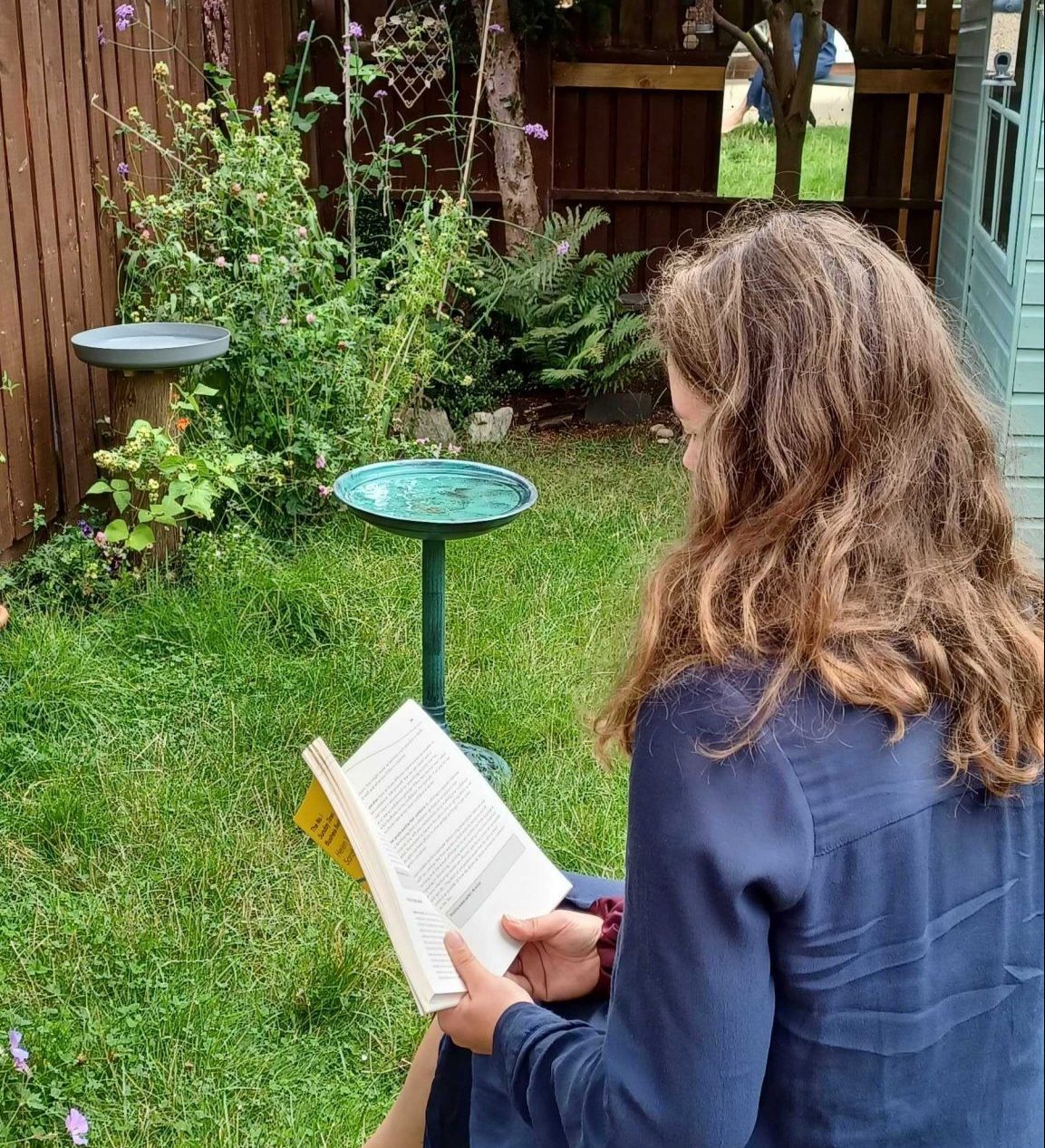27th July, 2023 • 4 minutes

Written by Higson
13th November, 2020 • 5 min

Often team meetings can look a bit like this:
Everyone joins, opens their calendars and starts to plan the next week or month. Tasks are planned and delegated and there is some sort of business update.
This is, of course, an essential part of a team meeting. But it is not the only part.
There are clear benefits to running regular team meetings that do not just focus on tasks. Aim to energise, motivate and inspire. So that when the team leave, they are fired up to achieve their goals.
For those who are skeptical or for those perhaps feel they do not ‘have time’ in their meetings for anything other than planning. Think again.
Team meetings are a perfect opportunity to build trust and engage your team.
It is no secret that building trust leads to results. Patrick Lencioni found in his research on team dynamics that a strong base of trust is linked to high performance. It is also no secret that if you engage your people, they will achieve more. Gallup have found that an engaged team are 31% more productive, make 40% fewer mistakes and 21% more profit.
The reasons for running an engaging and motivating team meeting are clear. So how can we do it?
Here are six elements to consider, each with its own benefit:
Team building activities have an unfortunate (let’s face it – awkward) reputation.
Actually, they are one of the most important investments you can make. Spending time together socially improves trust, communication and collaboration. They also do not have to be long, 10 minutes is enough.
“Team social time accounts for more than 50% of positive changes in team communication”
– MIT research
In your team meeting, they build energy and encourage inclusion. As google found in Project Aristotle, equal share of voice is the most important factor for a high performing team. We are far more likely to share our ideas if we contribute early.
If you have someone in your team who might need a bit more convincing to get involved then take it in turns to organise each time. This way each person brings something that they would enjoy and you get some new interesting ideas!
When you are planning your activity, instead of planning a quiz, think outside the box. Do an activity that your team will get behind.
Some ideas:
The team meeting is a fantastic opportunity to clearly communicate how individual work is collectively contributing to the business vision. Each individual in your team understanding their part in the bigger picture is a powerful motivator.
Communicating ‘compelling direction’ has been called by organisational behaviour expert J Richard Hackman as a critical area for team success.
So what are some ways to do this? Here are some examples:
This inspires the team, encourages buy in and clarifies decisions.

For an individual, recognition of success from a leader is motivating. Research has shown that recognition from a fellow team member is even more motivating. Having respect from peers is the number one reason an individual will go that extra mile at work.
Building in an element of recognition in your team meeting is a great opportunity to benefit from this motivator. Some ideas to consider:
In our team for example, we use a google form where everyone can call out each other’s successes and it is shared during the team meeting.
There is a lot of evidence to support sharing when something goes wrong is a key part of building psychological safety in a team. It builds resilience. showing vulnerability is key for achieving an environment where people feel able to take calculated risks. Calculated risks are pivotal for growth and success.
As discussed in Black Box Thinking, the Aviation industry has an astonishing safety record through constantly reviewing when things go wrong. Matthew Syed says in the book, “Only by redefining failure will we unleash progress, creativity, and resilience.”
Sharing mistakes during the team meeting is an opportunity to build psychological safety. Each member shares a mistake they have made. For example, spending too much time that week switching between tasks instead of focusing. The next meeting they can reflect and review how they have adjusted or changed their behaviour.
It has the added benefit that the team learns from each other’s mistakes.
Many consider learning new skills an essential part of enjoying their role. In a survey from Gallup, 87% of millennials place importance on “professional or career growth and development opportunities”. (Millennials, by the way, will make up three quarters of the workforce by 2025.)
Your team meeting is a chance to provide short and regular ‘development opportunities’.
To do this, you could ask a person in your team to share for ten minutes on a subject they have learned recently. for example, if they had spent time researching how to improve proposal structure they then share their findings with the rest of the team.
The individual sharing feels recognised for their work. The rest of the team are upskilled. You are creating a culture of continuous improvement. Win, win, win.
An important part of any team meeting is planning, preparing and making sure that everyone is aligned on tasks for the week ahead.
Find a way to bring a bit of energy into this task. You could throw all the tasks on a whiteboard and assign names to each. You can use a whiteboard app to do this virtually over a shared screen. Or ask someone else to run this part for a change of voice or pace.
Take these six elements as points of inspiration to bring your team meeting to the next level. Importantly, each part does not have to take long. And, of course, you do not have to include them all every meeting. Mix it up! Variety is the spice of life after all. If you would like to discuss or share your structure with us, then please get in touch.